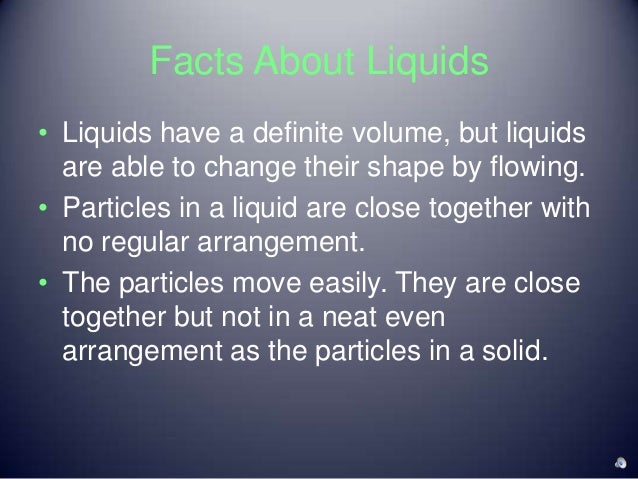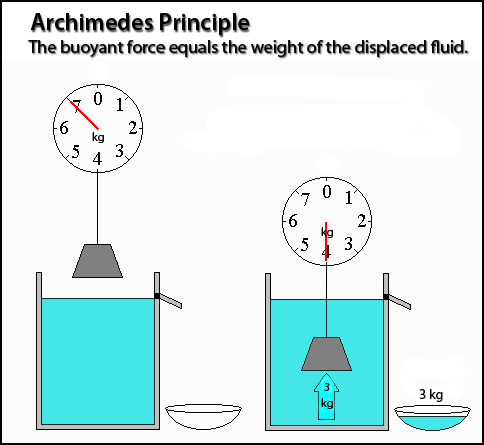

Method :- Dissolve potassium bromide in ¾ of chloroform Water. Attach the label wrap the bottle and dispense.Įxample :- Prepare and dispense 90 ml of the following mixture.ĭirection :- One tablespoonful to be taken three times after males. Cork it and then throughout polish the bottle to remove finger print. Add more of vehicle to produce the final volume.ĥ. If foreign particle are visible, strain it through a cotton woolĤ. Examine the solution critically by holding it against the light. Dissolve the solid substance in 3/4 of the vehicle.Ģ. carminative Mixture, diarrhoea mixture and expectorant mixture.ġ.

In case further need arises then a fresh mixture is prepared for the patient. So the mixture should be extemporaneously prepared and supplied only for small number of doses which can be used up within a short period.Mixture are not prepared to keep them for a long period because they are mainly prescribed for acute condition such as cough, indigestion, diarrhoea, constipation etc.In case a bottle contain one dose it is called draught. Generally several doses are dispensed in a bottle.Mixture :- A mixture is a liquid preparation means for oral administration in which medicament or medicament are dissolved or suspend in a suitable vehicle.Liquid meant for internal administration :- Liquid preparation for internal administration include following categories of preparation :-ġ.Liquid means for external administration for example gargle, mouthwash, throat paint, douches, nasal drops, ear drops, liniment and lotions. Liquid means for internal administration for example mixture, syrup and elixir.Ģ. Monophasic liquid Dosage form are classified into two groupġ.The component of solution present in large amount is known as 'solvent' and the component present in small amount is known as 'solute'.A true solution is a clear homogeneous mixture that is prepared by dissolving a solid, liquid or gas in a liquid.Monophasic liquid Dosage form refers to liquid preparation in which there is only one phase.Liquid Dosage form commonly used in pharmacy are either monophasic or biphasic.In this chapter we discussed about liquid Dosage form in detail. The route of administration of drug delivery is dependent on the dosage forms of the substance.

Oil and water are immiscible liquids.Dosage form (DF) :- Is a pharmaceutical products involving a mixture of active drug components and non drug components in the form in which it is marketed for use.Ĭommon dosage forms include pill, tablet, capsule, syrup, aerosol or inhaler, liquid injection etc. Examples of two miscible liquids are water and ethanol. When two liquids are placed into the same container, they may either mix (be miscible) or not (be immiscible).Particles in a liquid have greater freedom of movement than in a solid.Most matter consists of gases and plasma. Although liquids are common on Earth, this state of matter is relatively rare in the universe because liquids only exist over a narrow temperature and pressure range.Liquids have surface tension, which leads to wetting.However, a liquid cannot disperse to fill a container (which is a property of a gas). Liquids, like gases, take the shape of their container.The density of a liquid is higher than that of its gas and usually lower than that of its solid form. The density of a liquid sample is fairly constant throughout. The density of a liquid is affected by pressure, but generally, the change in density is small.In other words, even under pressure, their value only decreases slightly. Liquids are nearly incompressible fluids.


 0 kommentar(er)
0 kommentar(er)
